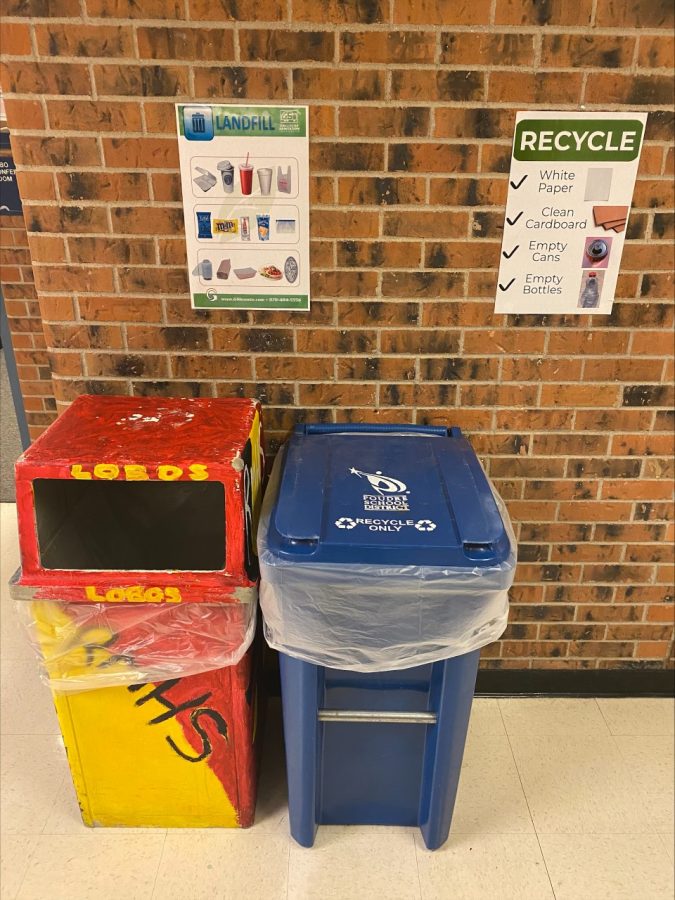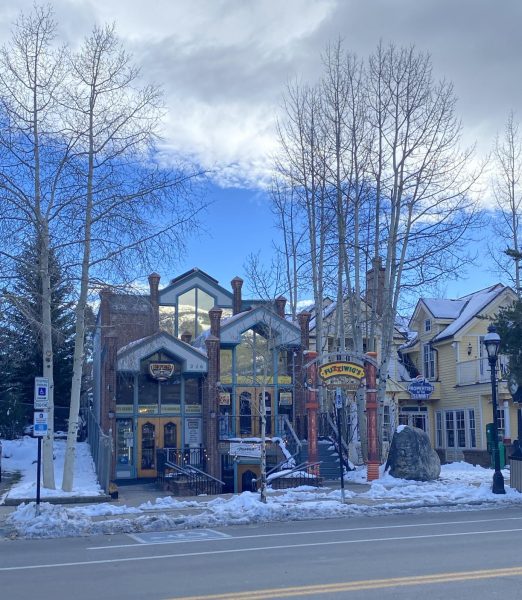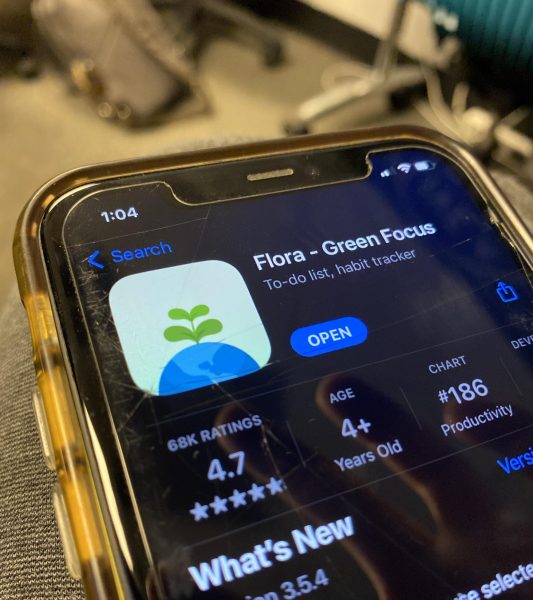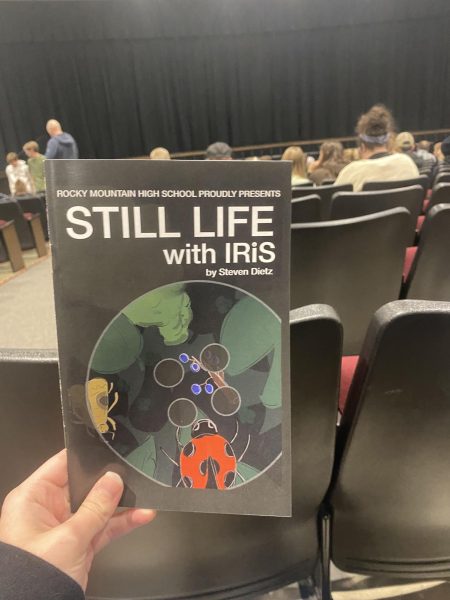What You Need To Know About Willow
There are several recycling bins around Rocky, in the classrooms and in the hallways. It is important to remember to recycle our cans and bottles as much as possible to do what we can to help the environment.
Over five million people have manifested their discontent online by signing petitions to stop The Willow Project. Yet, on March 13, 2023, the Biden Administration
passed the act. The Willow Project has been in the news frequently lately and it has become a very controversial topic, as students are trying their best to stay informed.
“Out of all the issues I’ve seen before, I’ve never done as much research about any of them as I did for the Willow Project,” junior Sydney Martin said when asked if she knew what the Willow Project was.
The sudden approval of the project has left many people wondering why the Willow Project was even needed. Since about a year ago, gas prices have become extremely high in most states around the country, as the war in Ukraine caused the American government to cut off oil supply trade with Russia, one of the main oil producers in the world. Now that the American government has to find another oil supplier, the Willow Project comes as an alternative to Russia’s oil.
What is the Willow Project?
The Willow Project was introduced by the energy company ConocoPhillips’ to the Trump Administration in 2020. Yet, it is only this past month that president Joe Biden publicly announced that it had been approved. It consists of drilling up to 600 million barrels of oil from Alaska’s soil. It is to be the largest oil development on federal land. The drilling will allow American gas prices to decrease.
What consequences will it have?
While the Arctic is already impacted by global warming, the new approval of the Willow Project will have irreversible consequences on carbon pollution, creating disturbances in weather patterns and ecosystems. The consequences of the Willow Project won’t be noticeable in a short period of time, as this project will take years to even get started.
Alaska’s wildlife ecosystems, and Indigenous lands will be the first impacted by the oil drilling project. If wildlife is endangered, animals can force themselves into cities and create a disturbance in different ecosystems, and even cause species to become extinct. It takes up to 100 years for animals to adapt to a new ecosystem.
Not only impacting inhabitants of the land, the Willow Project also fuels climate change, which is already a concerning problem that the planet has been facing for the last few decades.
What can we do to help?
Since most high school students are under 18 and aren’t of age for voting, many of them are left wondering what they can do to help at their level.
“I’ve heard about the Willow Project on the news, but no one really tells us what we can do to help or how to make a difference as a teenager,” freshman Casey McCormac said when asked about the different ways to fight against the Willow Project.
The most accessible way teenagers can help is probably social media. As the #StopWillow on the famous network TikTok shows, internet users from all over the world are showing their disapproval toward Biden’s recent announcement.
Undergraduate students, such as from the University of Massachusetts, and activists from all over the country are getting together and organizing walkouts and protests to show their anger and discontent with ConocoPhillips’ newly approved Willow Project.
Many petitions can be found online, such as the one organized by the website change.org that already has more than five million signatures, or the Stop Willow Project organized by the website protecttheartic.org where there are all different kinds of accessible resources to take action.
“The younger generation is getting angrier, and this [climate change] is one of our number one issues. I know it is difficult to make actionable change alone, because we’re high school students who are not eligible for voting yet. But we can always make calls, sign petitions, send letters, organize protests, and make our voices heard,” junior Sydney Martin explained when discussing the different ways to help.
Even if the Willow Project won’t create any short-term consequences, it is an environmental catastrophe that will matter in the future of the planet. Teenagers and young adults are worried about the impact this decision will have on climate change and how their lives will be affected later on.
There are several ways to help in our everyday lives. It is important to stay informed and take actions as much as possible, such as signing petitions or going to protests. Combating global warming is an everyday fight that starts at home. Recycling, watching our water consumption, or buying from local stores can all make a difference.
Your donation will support the student journalists of Rocky Mountain High School - CO. Your contribution will allow us to purchase equipment and cover our annual website hosting costs.

Elea is a French exchange student, attending Rocky Mountain High School as a junior. She's really interested in literature and journalism, and she'll be...






